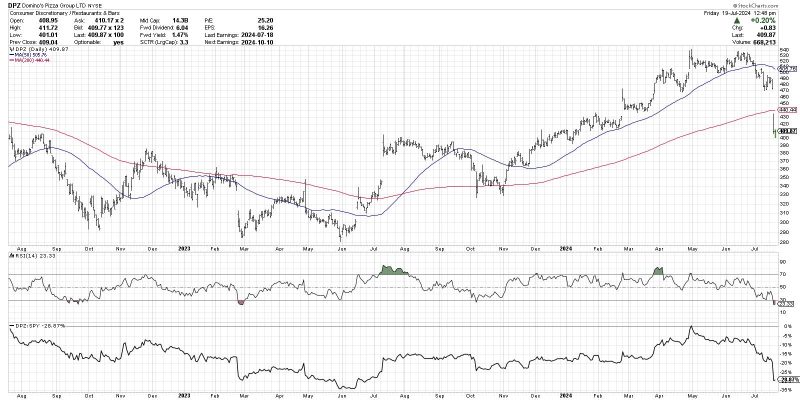In understanding the dynamics of financial markets, recognizing a market top is crucial for investors and traders alike. Identifying the signs of a market top can help individuals make informed decisions regarding asset allocation and risk management. So, what exactly does a market top look like and how can we decipher its signals?
One of the key indicators of a market top is extreme optimism among market participants. This sentiment can be reflected in excessively high valuations of stocks, increased speculative activity, and widespread belief that prices will continue to rise indefinitely. Additionally, a market top is often accompanied by a surge in media coverage and hype surrounding certain investment trends, indicating that the general public is fully engaged in the market.
Another red flag signaling a potential market top is the presence of divergence between market performance and underlying economic fundamentals. When stock prices continue to climb despite weakening economic indicators, such as slowing GDP growth or rising unemployment rates, it suggests that the market may be overextended and due for a correction.
Technical indicators can also provide valuable insights into market tops. For instance, the occurrence of a double top chart pattern, where an asset reaches a peak price level twice but fails to break through, can indicate a reversal in trend. Additionally, overbought conditions in various technical oscillators, such as the Relative Strength Index (RSI) or Stochastic Oscillator, can suggest that a market top is near.
Investors should also pay attention to diverging performance among sectors within the market. When certain sectors, such as technology or biotech, significantly outperform others, it may signal a shift towards a more concentrated and risky market environment, which could be a precursor to a broader market correction.
Overall, identifying a market top requires a combination of fundamental analysis, technical indicators, and a keen awareness of market sentiment. By remaining vigilant and actively monitoring these key signals, investors can better position themselves to navigate changing market conditions and protect their portfolios from potential downside risks in turbulent times.
